As the name suggests, electroless plating adheres a beneficial layer to a substrate without the use of electricity as is the case with electrolytic plating. Without an electric current to inspire the necessary reactions, electroless applications use chemical reactions to deposit a uniform layer of gold, nickel, silver or any of a number of metallic and composite materials onto the surface of an object. The basic process, though highly precise, is quite simple in explanation. The material to be deposited onto the work piece is immersed in an aqueous solution. This bath is then applied to the carefully cleaned substrate. This is where an electrical current would be introduced in alternative methods, but in this case a reducing agent is added to the bath solution. The additive incites the release of hydrogen which reacts with the metal ions producing a negative charge all of which results in the deposition of a layer of nickel, copper, chrome or whatever the desired coating may be.
The most popular form of this process is electroless nickel plating. Nickel coatings are used for everything from oil field valves in the petroleum industry to kitchen utensils and fixtures in residential applications. Automotive, aerospace, military, OEM industries and more apply nickel plating to substrates ranging from stainless steel to precious metals to achieve improved strength, wear resistance, ductility and hardness.
Despite its many benefits, electroless nickel plating may not be the best choice of plating material for every application. It is important to consult professionals when selecting the proper plating material as they can produce the right reaction to achieve the right results in a range of applications.
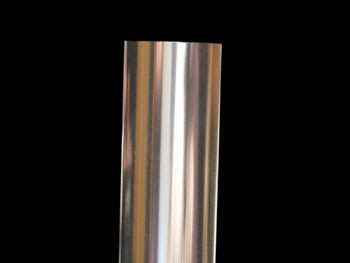 Aluminum Anodizing
Aluminum Anodizing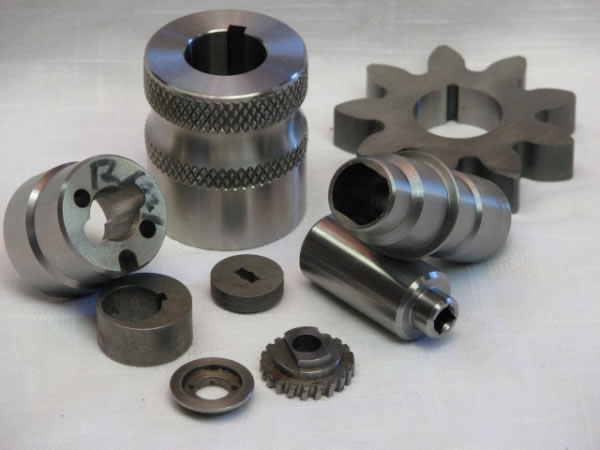 EDM
EDM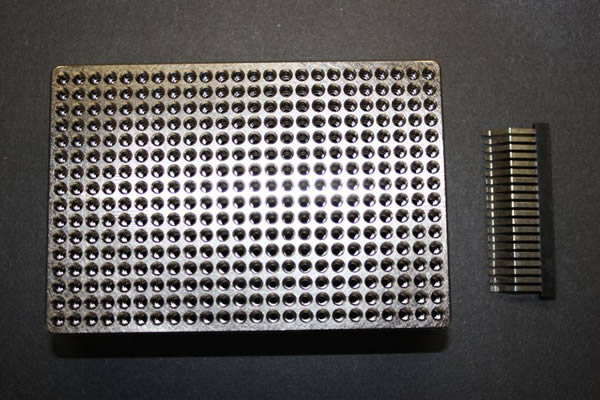 Electroless Nickel Plating
Electroless Nickel Plating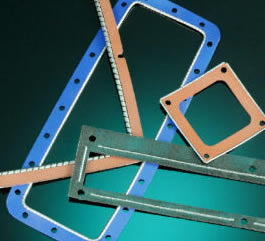 EMI Shielding
EMI Shielding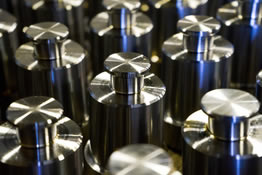 Heat Treating
Heat Treating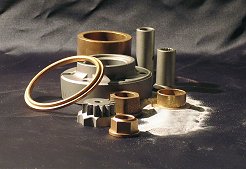 Metal Coating Services
Metal Coating Services Castings & Forgings
Castings & Forgings Bulk Material Handling
Bulk Material Handling Electrical & Electronic Components
Electrical & Electronic Components Flow Instrumentation
Flow Instrumentation Hardware
Hardware Material Handling Equipment
Material Handling Equipment Metal Cutting Services
Metal Cutting Services Metal Forming Services
Metal Forming Services Metal Suppliers
Metal Suppliers Motion Control Products
Motion Control Products Plant & Facility Equipment
Plant & Facility Equipment Plant & Facility Supplies
Plant & Facility Supplies Plastic Molding Processes
Plastic Molding Processes Pumps & Valves
Pumps & Valves Recycling Equipment
Recycling Equipment Rubber Products & Services
Rubber Products & Services